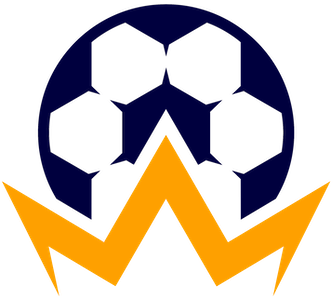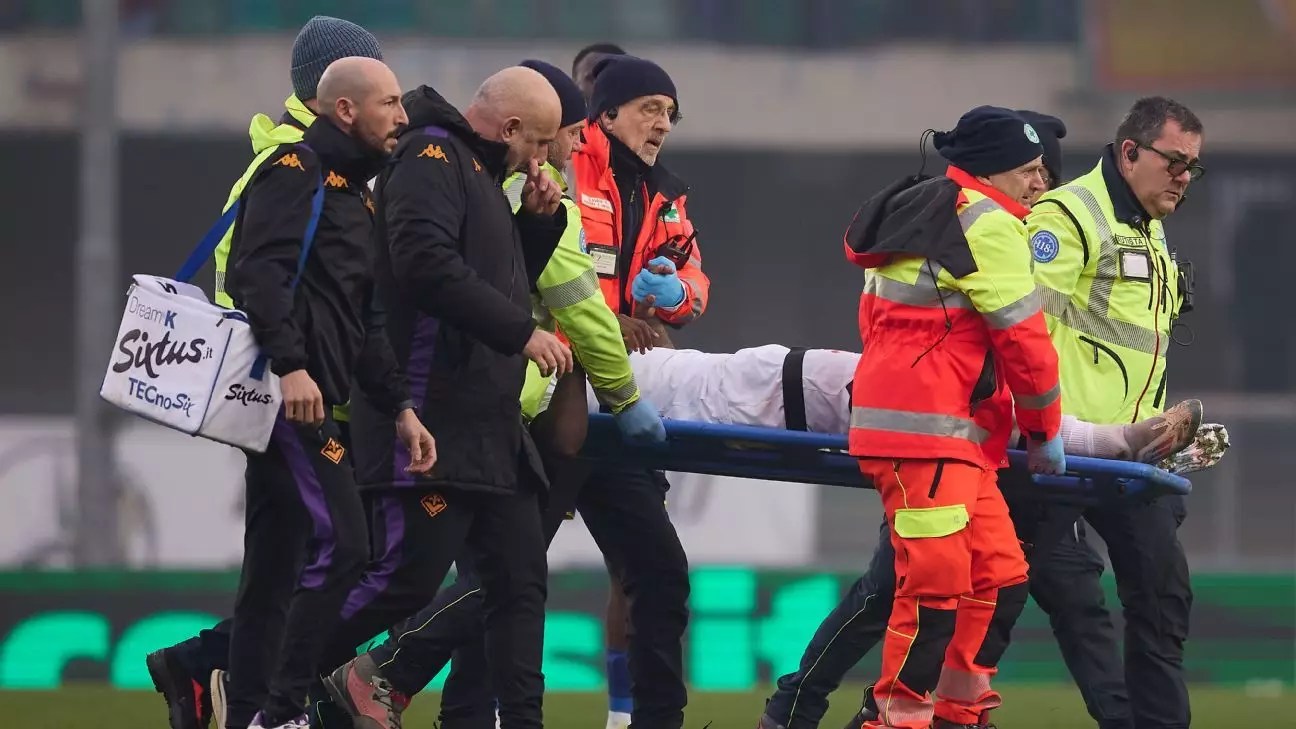On a seemingly routine Sunday in Serie A, the match between Fiorentina and Hellas Verona took a grave turn when Fiorentina’s star forward, Moise Kean, suffered a serious head injury. In a clash for the ball, Kean found himself on the receiving end of Pawel Dawidowicz’s knee, which knocked him backward and left him momentarily dazed. Although he originally appeared fit to resume play, the situation quickly escalated; Kean later lost his balance and collapsed on the field, prompting a swift response from medical personnel. This incident underlines the need for improved protocols regarding player health and safety, especially concerning head injuries that often go unnoticed until it is too late.
The immediate response from the medical team was crucial as players from both sides raised alarms, optimizing the chances of a timely intervention. Kean was carried off the pitch on a stretcher while visibly wearing a neck brace, indicating the seriousness of the situation. Fiorentina later confirmed through an official statement that Kean had indeed suffered head trauma and was being evaluated in a hospital. This type of rapid medical response is essential in football, a sport where the physical demands often lead to injuries that can affect long-term health. Kean’s case brings to light the risks athletes face and reinforces the argument for stringent health assessments before players can return to action.
This incident is not an isolated case for Fiorentina; it is a stark reminder of previous health scares the club has faced this season. Earlier in December, midfielder Edoardo Bove collapsed during a match against Inter Milan, resulting in the game being abandoned. Bove’s case required surgical intervention and the placement of a removable defibrillator, showcasing the increasing complexity of player health management in modern football. The recurrence of such alarming events raises serious concerns regarding the rigorousness of health checks and the long-term repercussions of participating in high-intensity sports.
As discussions unfold about Kean’s incident, the football community must prioritize player safety and mental well-being. While immediate physical health is often front and center post-injury, mental health implications can be equally detrimental, particularly after trauma such as a concussion. Establishing comprehensive protocols that include educational programs about concussion symptoms for players, coaching staff, and referees is paramount. The integration of more advanced screening methods and a culture that encourages athletes to prioritize their health over competitive spirit could very well prevent future tragedies.
Moise Kean’s troubling incident serves as a decisive call for reflection within the football world. Teams, leagues, and governing bodies must reevaluate safety regulations to safeguard athletes’ health more effectively. As the love for the sport grows globally, so must the responsibility to foster a secure environment where players can thrive free from the shadow of grave injuries. Kean’s recovery will be closely monitored, and his experience should galvanize change, igniting conversations regarding improved measures to protect footballers on and off the pitch.


Leave a Reply